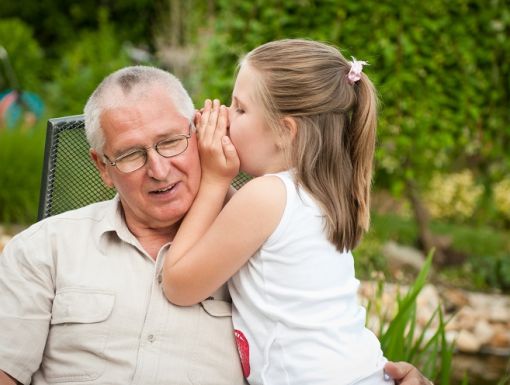
Hearing Protection Tips
The risk of hearing loss, either temporary or permanent, from exposure to loud noises is real. Some factors that impact an individual’s risk of hearing loss caused by noise exposure are:
- Level of noise: the more intense (e.g. louder) the noise, the greater the risk. Exposure to sounds equal to or louder than a leaf blower or lawn mower increase the risk.
- Duration of exposure: the longer you’re exposed, the greater the risk. According to the Occupational Safety and Health Administration (OSHA) standards, risk of hearing loss increases significantly as duration of exposure increases.
- Duration of noise: continuous (that stays the same constantly) is more hazardous than intermittent noise. As a spectator at a road race, the noise levels would be expected to fluctuate over time (louder as cars pass and much less when no cars are in your immediate vicinity), so the risk of hearing loss as a spectator at a road race would be expected to be less than for someone working an 8-hour shift in a noisy factory.
- Pre-existing hearing loss: may place some individuals at greater risk than others.
The symptoms of exposure to injurious levels of noise:
- Temporary decrease in hearing
- Tinnitus (e.g. ringing or buzzing in the ears)
- Permanent decreased hearing with continued exposure above cut-off levels
How can I reduce my risk for injury?
Noise protectors are designed to REDUCE the intensity of noises we’re exposed to, not eliminate them. Several types of noise protectors are available at your local hardware or home improvement stores.
- Earmuffs are worn over the ears and are very effective, although they may be uncomfortable in hot environments or may be less than optimally effective in patients who wear thick framed eyeglasses.
- Non-custom noise plugs are, generally, more comfortable to wear and usually disposable. However, reuse of non-custom plugs can lead to external ear infections, so make sure you use new plugs each time.
- Noise protectors are rated according to guidelines referred to as “Noise Reduction Rating” (NRR), which is a number that estimates the magnitude of reduction (in dBA) expected for a given product. The larger the NRR, the greater the protection.
- The impact of multiple noise protectors is additive, which means the combined use of disposable foam noise plugs with earmuffs is approximately the sum of the NRR of each product.
Understanding the risk of exposure to loud noise and awareness of the options available can help minimize your chance of hearing loss.


